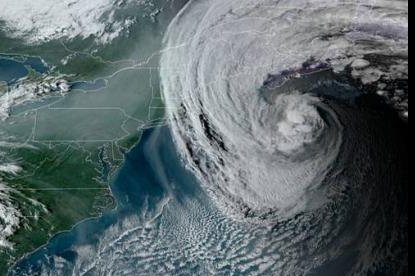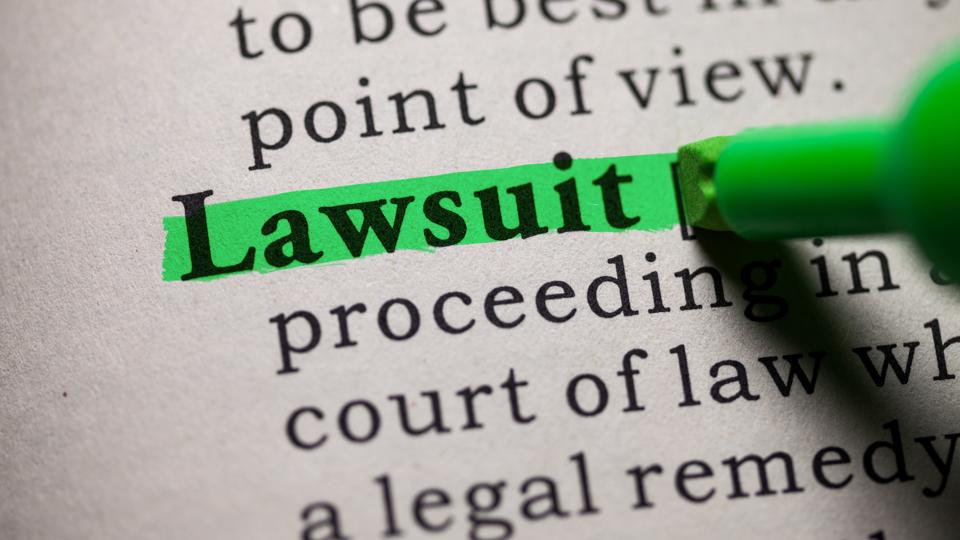
© Provided by The Canadian Press
Satellite pictures show Arctic sea ice is at its second-lowest level since such records began and barely missed breaking the old mark.
"There's no going back at this point," said Mark Serreze of the U.S. National Snow and Ice Data Center.
"It's not going to come back up."
Although some melting might yet occur, the centre fixed Monday as the day when the overall level of all Arctic sea ice — crucial to northern ecosystems and southern weather patterns — stops shrinking and starts growing again.
Like 2012, this year's low depended on a lot of things happening at once, Serreze said. That included an Arctic heat wave on the Siberian side, which helped create unprecedented fires across the Russian tundra.
The melt cost the Arctic much of its remaining multi-year ice, meaning the ice is increasingly seasonal. The old coverage of thick ice that survives the summer will soon be a thing of the past, said Serreze.
"I don't think there's any escaping that. It's just too warm now."
This summer, Canada's last intact ice sheet — the Milne on Ellesmere Island — collapsed.
The implications are many, said David Barber, an Arctic systems scientist at the University of Manitoba.
"The ice controls the light and it controls the heat. We don't find anything that isn't affected."
Whole ecosystems that hang on the bottom of the ice are disappearing. Invasive species from small fish to killer whales are moving in from both east and west.
Biologists have recently estimated that polar bears along south Hudson Bay will have trouble raising cubs by the end of the decade, due to the loss of their frozen hunting platform.
Less ice cover means bigger storm surges. Erosion on Arctic coastlines has more than doubled in the last few decades.
It also means the remaining ice has more room to drift, which leads to choking jams in places that don't normally experience them.
"Some people locally will go, 'Hold it. There's all kinds of ice out here,'" Barber said. "That's because it's so much more mobile."
Many scientists also believe sea ice matters to southern weather.
Published research suggests the strength of the jet stream — a high-atmosphere river of air that influences continental weather patterns — depends on the temperature difference between the Arctic and mid-latitudes. Less ice and a warmer Arctic Ocean means a weaker jet stream.
Any effects of melting sea ice are likely to increase. Open ocean absorbs more sunlight than water covered by reflective ice, so heavy melt years create a feedback loop.
"That (open water) is absorbing all that heat and you have to get rid of it in the fall before you can start to form ice," Barber said. "Which means you'll have a thinner ice cover."
This report by The Canadian Press was first published Sept. 21, 2020
Bob Weber, The Canadian Press
Satellite pictures show Arctic sea ice is at its second-lowest level since such records began and barely missed breaking the old mark.
"There's no going back at this point," said Mark Serreze of the U.S. National Snow and Ice Data Center.
"It's not going to come back up."
Although some melting might yet occur, the centre fixed Monday as the day when the overall level of all Arctic sea ice — crucial to northern ecosystems and southern weather patterns — stops shrinking and starts growing again.
Satellite images suggest the area at least 15 per cent covered by sea ice is now 3.7 million square kilometres.
That's at least 1.5 million square kilometres less than the 1981-2010 median. It's barely more than the all-time low in 42 years of satellite data, the 3.4 million square kilometres recorded in 2012.
All 14 of the lowest ice years on record have happened in the last 14 years, said Serreze.
Like 2012, this year's low depended on a lot of things happening at once, Serreze said. That included an Arctic heat wave on the Siberian side, which helped create unprecedented fires across the Russian tundra.
The melt cost the Arctic much of its remaining multi-year ice, meaning the ice is increasingly seasonal. The old coverage of thick ice that survives the summer will soon be a thing of the past, said Serreze.
"I don't think there's any escaping that. It's just too warm now."
This summer, Canada's last intact ice sheet — the Milne on Ellesmere Island — collapsed.
The implications are many, said David Barber, an Arctic systems scientist at the University of Manitoba.
"The ice controls the light and it controls the heat. We don't find anything that isn't affected."
Whole ecosystems that hang on the bottom of the ice are disappearing. Invasive species from small fish to killer whales are moving in from both east and west.
Biologists have recently estimated that polar bears along south Hudson Bay will have trouble raising cubs by the end of the decade, due to the loss of their frozen hunting platform.
Less ice cover means bigger storm surges. Erosion on Arctic coastlines has more than doubled in the last few decades.
It also means the remaining ice has more room to drift, which leads to choking jams in places that don't normally experience them.
"Some people locally will go, 'Hold it. There's all kinds of ice out here,'" Barber said. "That's because it's so much more mobile."
Many scientists also believe sea ice matters to southern weather.
Published research suggests the strength of the jet stream — a high-atmosphere river of air that influences continental weather patterns — depends on the temperature difference between the Arctic and mid-latitudes. Less ice and a warmer Arctic Ocean means a weaker jet stream.
Any effects of melting sea ice are likely to increase. Open ocean absorbs more sunlight than water covered by reflective ice, so heavy melt years create a feedback loop.
"That (open water) is absorbing all that heat and you have to get rid of it in the fall before you can start to form ice," Barber said. "Which means you'll have a thinner ice cover."
This report by The Canadian Press was first published Sept. 21, 2020
Bob Weber, The Canadian Press










